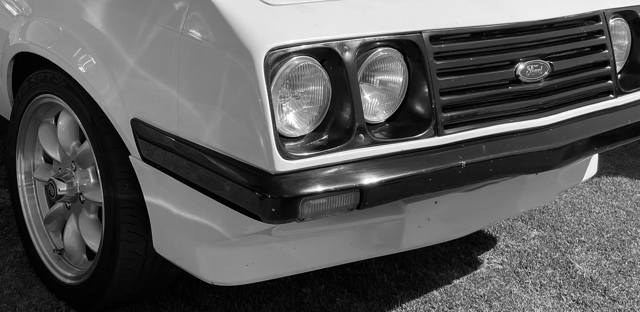
Economic Value Study of
Australia’s Historic Vehicle Sector
Survey reveals Australia’s historic vehicle owners spend over $9.9 billion annually
PRESS RELEASE
- Over 6,000 respondents across 800 motoring clubs in a nationwide Economic Value Study confirm close to $10 billion in annual expenditure on historic vehicles
- An estimated 970,000 historic vehicles in Australia with owners spending close to $10,240 per vehicle per year
- Australian Motor Heritage Foundation: “In carrying out this study, we have shown that the historic vehicle movement is a large and vibrant part of Australia’s society and economy”
Sydney, 11th April, 2024 – The owners of Australia’s historic vehicles spend some $9.9 billion each year on their passion, according to a new survey.
The Economic Value Study (EVS) of well over 6000 Australian respondents, distributed to over 800 motoring clubs nationally, was conducted for the Australian Motor Heritage Foundation (AMHF) by The Mercurius Group (TMG). The Foundation is champions of Australia’s motor heritage, and an organisation dedicated to promoting and preserving Australia’s motoring history.
The enthusiast owners of an estimated 970,000 historic vehicles in Australia spend on average $10,240 per vehicle annually, around 12.5% more than people who own daily driven cars. The historic vehicle fleet represents 4.4% of Australia’s 21 million total vehicle fleet. Around 50% of the survey respondents own only one historic vehicle, the other 50% owning two or more vehicles. “Historic” vehicles are in two categories: those 15 to 30 years old defined as “classic” vehicles and those over 30 years old defined as “heritage” vehicles.
Such a survey has never been comprehensively undertaken on so wide a scope or on a national basis in Australia. Following publication of the similar landmark 2020 HERO-ERA study in the UK, the AMHF decided to find out what is the real figure for the economic contribution of historic vehicles for Australia.
“The findings of this report have certainly highlighted the significance of the historic vehicle sector to both the community at large and the economic sector,” says Hugh King, Chairman of the AMHF.
“The response from Australia’s motoring club members has been unprecedented: the economic modellers at TMG have never had so large a data pool to work with, proving motoring enthusiasts care as passionately about their historic vehicles as they do having their voices heard. In carrying out this study, we have shown that the historic vehicle movement is a large and vibrant part of Australia’s society and economy.”
The survey also reveals the total annual economic impact, including both direct and indirect expenditure, is $25.2 billion: with the sector creating almost 79,000 jobs – 42,000 direct and 37,000 indirect. These jobs generate $6.2 billion in wages and salaries annually. These are very large numbers by any standard.
Stavros Yallouridis, CEO of the Motor Traders’ Association of NSW (MTA NSW), said the AMHF’s survey gave yet more irrefutable evidence of the significant contribution of the automotive sector in the broader Australian economy.
“Despite the end of local vehicle manufacturing, Australia maintains a rich and diverse automotive industry, which employs hundreds of thousands of people across a range of roles,” Mr Yallouridis said.
“The automotive sector is one of the backbones of our economy and is also at the heart of our communities. This survey, and the enthusiastic response, highlights the necessity for Australia to back its automotive sector with world-class training, local skills development and career pathways,” he continued.
The Executive Summary and the full Report are available to download below.
ENDS
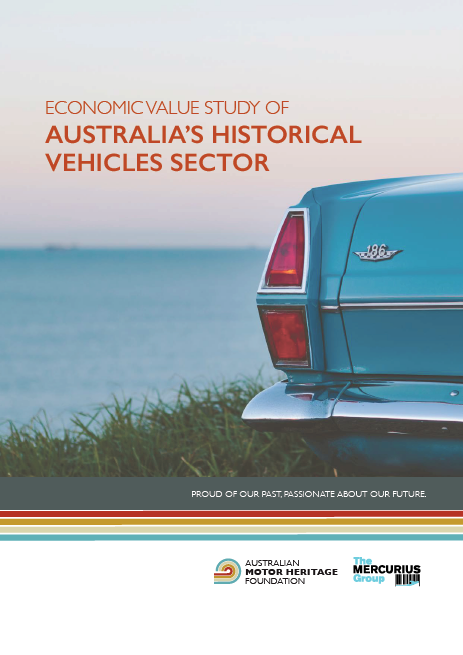
Foreword
The Report that you have here is the first to comprehensively quantify the real economic value that our Australian historic motor vehicle owners contribute annually throughout the nation. Collectively, we are strong economic contributors, no longer to be under-estimated or misunderstood.
That is the strong message that emerges from this Report. At the Foundation, we had seen reports about how much the owners of historic vehicles overseas contributed to their respective nations’ economies. Our own desk studies indicated that our supporters – the owners of historic vehicles in Australia – would contribute an economic value at least as significant in Australia. But that sum was a mystery to us, and to our big supporting groups.
The question for us became “What is the real figure?” and we decided to find out.
This job demanded financial resources we did not have. We wanted to nail this question once and for all. We needed the high credibility that derives from a big dataset and skilled independent analysis. That meant a large number and a cross-section of enthusiasts across Australia to contribute reliable data on their spending patterns on their passion in various ways. Anonymity had to be assured. We needed an independent, professional consultant of the highest standing to analyse the data and answer the question as definitively and thoroughly as possible.
We turned to the motoring clubs of Australia, big and small and the response has been extraordinary. Our expert consultants at The Mercurius Group told us that we would need at least 1,000 well-spread survey responses to produce data of statistical significance; our call-out to the clubs produced over 6,000 responses from across the nation!
And we had to raise the money required for a truly professional analysis. We canvassed the peak bodies for motoring clubs in various states and they were the first to respond. We also received donations from individual clubs, very many club members and some really generous far-sighted commercial sponsors we also acknowledge in this Report. We did not have funds from any government source. The financial help and the vocal interest from the clubs encouraged us from the very start.
I want sincerely to thank all people who undertook the survey online, all our sponsors, the nation’s motor clubs and the peak bodies. Without you this important Report would not exist. It has been done for you. It is a new tool to help move you to success.
My special thanks go to Geoff Piggott and Tom Wheelwright from the Foundation, and to Ivo Favotto the esteemed principal of The Mercurius Group. They worked long and hard for more than eighteen months to turn what was a good idea into a superb outcome, on time and on budget.
I believe that our quest has touched a nerve. As you can read, the economic modellers have never had so large a data pool with which to work. That tells me that Australian motor enthusiasts care passionately about their vehicles. They want the ability to drive them and cherish them in the future.
Our Foundation is a registered charity, a Deductible Gift Recipient, so is not and cannot legally be a lobbyist. We are champions of our motor heritage. What we can do, as we have done with this report, is provide the facts and some tools with which the peak bodies and clubs in each state can pursue their issues with the legislators and regulatory bodies. The Report gives great new factual background for local clubs, industry suppliers, industry bodies, event organisers, insurers and others who wish to show that the historic motor vehicles sector is a major contributor to our nation’s economy.
This Report shows quite clearly that the sector’s contribution to the Australian economy cannot be over-estimated. The numbers alone establish this, but I say that the character and commitment of all the supporting enthusiasts across the nation make it very clear.
I am proud to lead the owner of this Report, our Australian Motor Heritage Foundation
Hugh King
Chairman, Australian Motor Heritage Foundation
Executive Summary
Economic Value Study Executive Summary: download
PDF [0.6MB]
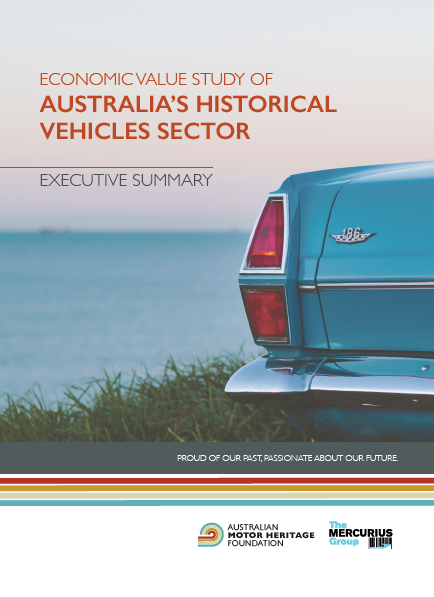
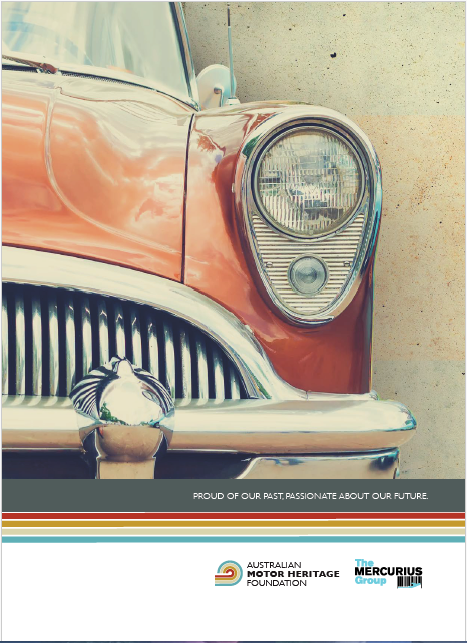
Full Report
Economic Value Study Full Report: download
PDF [4.1MB]
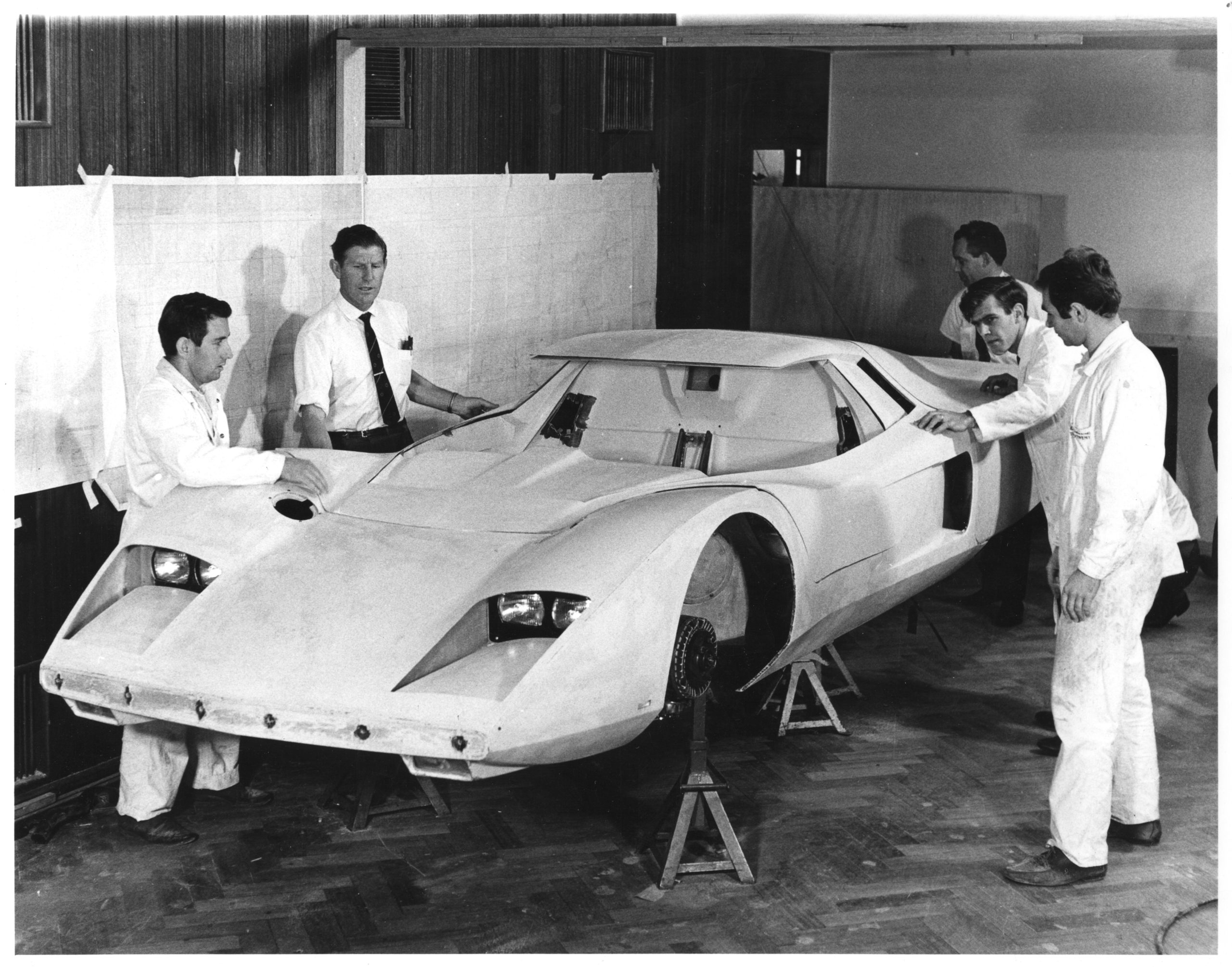
Join us today! Follow us on social media
Interested in joining or supporting the Australian Motor Heritage Foundation? Why not follow us on Facebook or Instagram?

